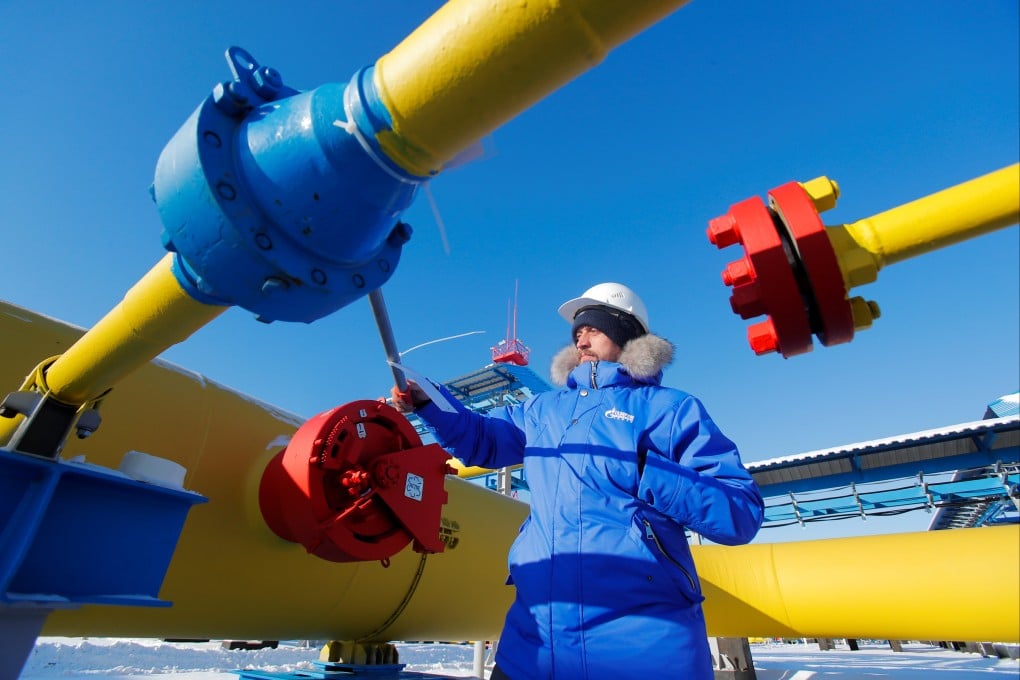Opinion | China is rightly dragging its feet on Russia’s Power of Siberia 2 pipeline
- With China transitioning to renewable energy and strategically diversifying imports, projects like Power of Siberia 2 increasingly have no place in its future

Earlier this year, construction started on the second pipeline, the China-Russia Far East Pipeline, which will complement the first, called the Power of Siberia. The Power of Siberia has yet to be completed and is not operating at full capacity.
If all proceeds as planned, the three pipelines will eventually deliver 98 billion cubic metres of gas every year to China, equivalent to Russia’s total gas exports via pipeline last year and a quarter of China’s total gas consumption that year.
But such a deepening of dependence on Russia would cut against China’s energy security strategy. China, which imports 42 per cent of its gas supply, has made efforts over the last two decades to diversify its energy imports to reduce its dependency on any one source.
